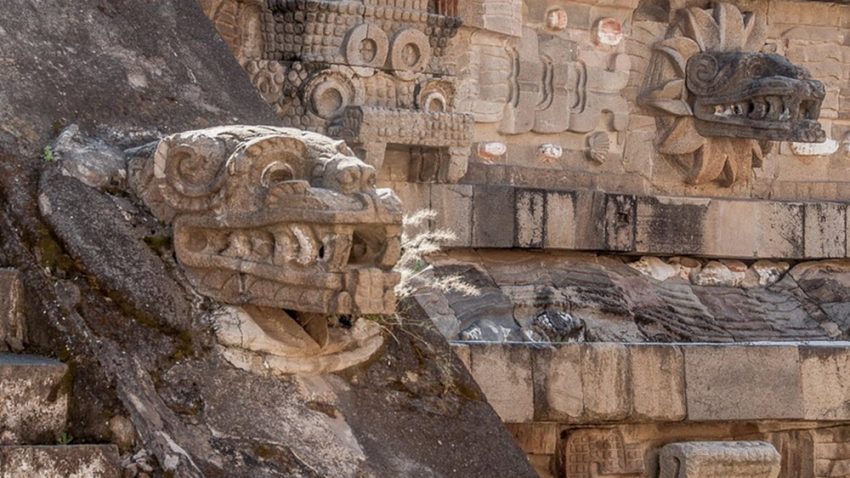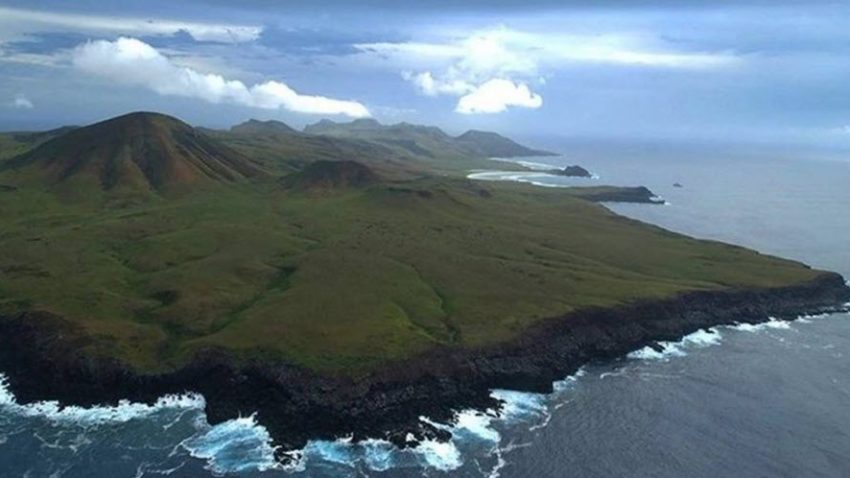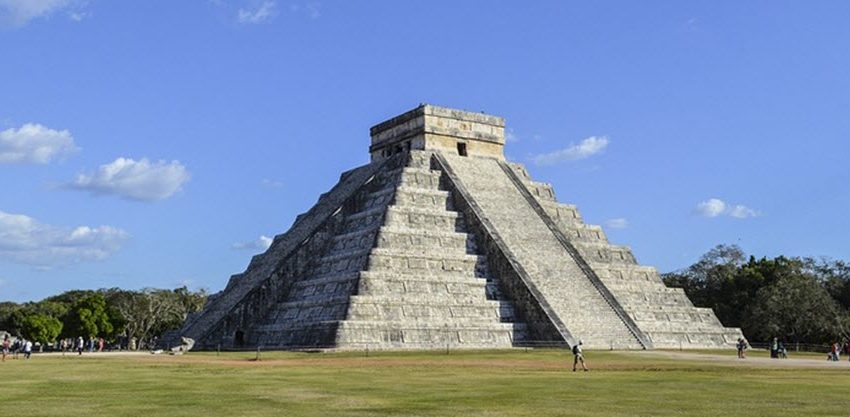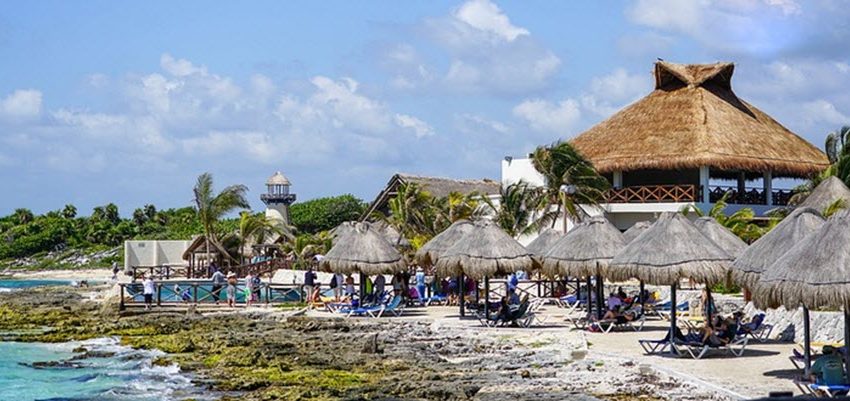Casas Grandes
Contents
Casas Grandes, also known as Paquimé, is an archeological site in Chihuahua, Mexico. Casas Grades is also the the name of the modern-day municipio in which the archeological site is located.
Coordinates: 30°21′59″N 107°56′51″W
The Casas Grandes – which means Big Houses in Spanish – were built by the Mongollon culture. The settlement was founded around 1130 CE, and the larger buildings developed into multi-storied houses after 1350 CE. The settlement was abandoned around 1450 CE. At the time of the Spanish Conquest, looters took a lot of artefacts from the ruins, such as earthenware pottery, stone axes and corn-grinders.
Even before the archeological investigations started, sizeable portions of pre-Columbian buildings could be seen roughly half a mile from the modern-day Casas Grandes community.
Casas Grandes is one of the most notable archaeological remnants of the Mongollon culture in Mexico and it is culturally linked to sites in Arizona and New Mexico in the United States. Archaeologists estimate that Casas Grandes had a population of around 2,500 people at most.
The Casas Grandes archaeological was recognized as a UNESCO World Heritage Site in 1998. The official name for the site (in English) is Archaeological Zone of Paquimé, Casas Grandes.
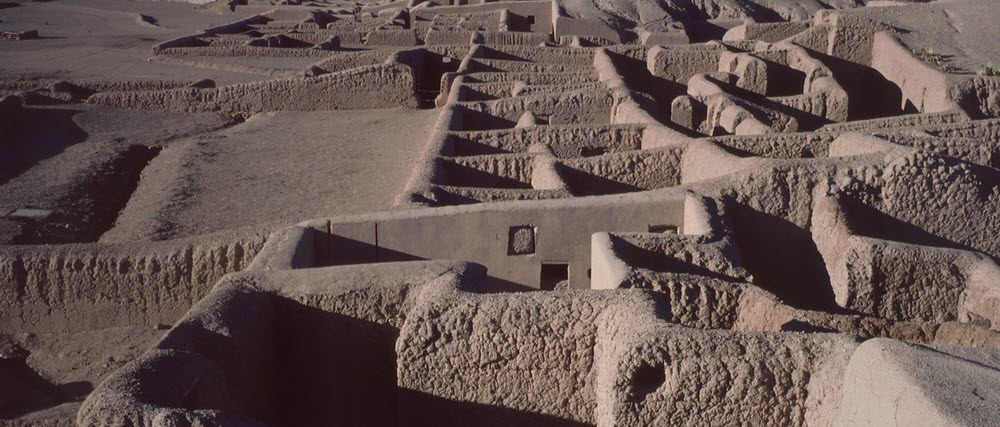
The site at the time of the Mongollons
This region has been inhabited for thousands of years, but the Mongollon culture didn´t appear here until around 1130 CE. Members of the Mongollon culture formed small settlements in the valley, of which Paquimé (Casas Grandes) became the largest one.
Paquimé began as a group at least tweny house clusters, where each cluster was protected by a wall and shared a comunal water system. The Paquimé residents carried out irrigated agriculture, and evidence also show that they developed a complex water control system where channels, reservoirs and underground drains were used to bring water to their homes. There was even a sewage system in place.
Conflagration and rebuilding
Paquimé burned down around the year 1340 CE, but the people rebuilt the settlement, and the small one-story houses were replaced by larger multi-storied buildings made from adope.
Eventually, Paquimé came to consists of roughly 2,000 adjoining rooms. The settlement had features such as stone-faced platforms, ballcourts, effigy mounds, and a market square.
Crafts
The people of Paquimé carried out crafts such as pottery, producing copper bells and making beads from marine molluscs. Casas Grandes pottery has white or reddish surface, with ornamentation in red, brown, black or blue.
Effigy vessels were often shaped like a human.
In addition to producing items for their own use, the Paquimé traded with other peoples, and Paquimé pottery has been unearthed as far away as present-day New Mexico and Arizona.
Scarlet macaws
Excavations at Casas Grandes have unearthed a row of macaw pens in the center of a compound. Eggshells, bird skeletons and traces of wooden perches were also found. Archeologists believe that the community imported scarlet macaws and bred them.
The ruins and what they tell us
The ruins show us that the Paquimé built houses of sun-dried blocks made from mud and gravel. The walls of the buildings were thick and seems to have been left unplastered both inside and outside.
The eastern and western sides of the city were divided by a stone wall and reservoirs.
- The buildings on the western side were open earth mounds lined in stone, probably intended for public displays.
- The buildings on the eastern side were puddled adobe houses chiefly used for domestic purposes and for manufacturing.
The homes in the city were circular or semi-circular pit houses or coursed-adobe room blocks built around a plaza.
Just like many other cities in the region, Casas Grandes had ballcourts (albeit rather small ones).
INAH
A lot of artefacts from the Casas Grandes are kept by the Instituto Nacional de Antropología e Historia (INAH), a Mexican federal government bureau established in 1939 to guarantee the research, preservation, protection, and promotion of the prehistoric, archaeological, anthropological, historical, and paleontological heritage of Mexico.
INAH keeps some of the Casas Grandes artefacts in Casas Grandes, and some in Chihuahua City.
Collections ouside Mexico
- The Museum of the Peoples and Cultures at Brigham Young University in Provo, Utah has a large collection of pottery from Casas Grandes.
- Without Borders: The Deep History of Paquimé is a permanent exhibit at the Amerind Museum in Cochise County, Arizona.
- Standford University in California holds Casas Grandes pottery.
- An iron meteorite weighing around 2,300 kg was found in one of the rooms at Casas Grandes, carefully wrapped in linen cloth. It is now held by the Smithsonian Museum of Natural History in Washington DC, United States, where it is on display in the Janet Annenberg Hooker Hall of Geology, Gems and Minerals.


